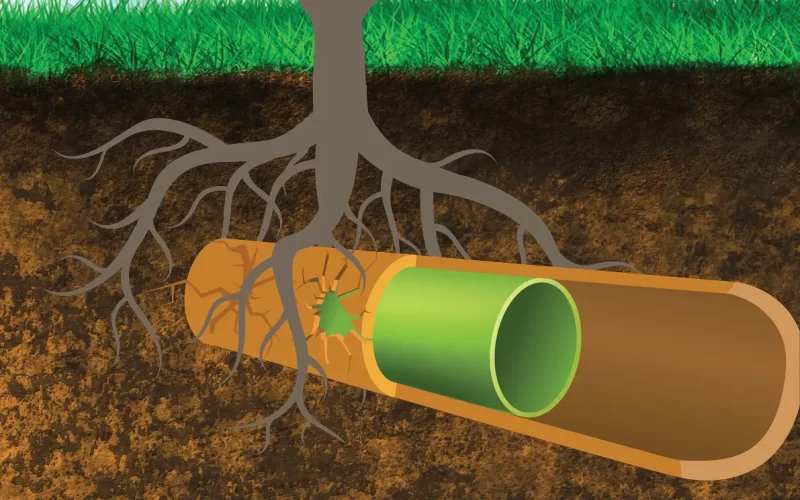Blocked drains can be a significant inconvenience, and finding a cost-effective solution for repairing them is crucial. The traditional approach to blocked drain repair involves excavating and replacing damaged pipes, which can be time-consuming, disruptive, and expensive. A more innovative solution to fixing damaged drain pipes is using Blocked Drains Pipe Relining technology.
Understanding Blocked Drains and Their Causes
Blocked drains occur when an accumulation of foreign objects, such as hair, food, grease, or soap, clogs the pipes and prevents proper drainage. The collapse of pipes, root infiltration, and corrosion can also cause these blockages. If left unaddressed, blocked drains can lead to unpleasant odours, slow-draining water, and even severe damage to your property and landscape.
The Traditional Approach to Blocked Drain Repair
Traditionally, blocked drain repair involved excavation and replacement of the damaged pipes. This method required the removal of a section of the damaged pipe and installing a new one in its place. This process was time-consuming, disruptive, and expensive, involving excavating the surrounding property and landscaping. In addition, the new pipes installed were often made of similar materials that could eventually deteriorate and require further repair.
Pipe Relining: An Innovative Solution for Blocked Drains
Pipe relining is a cost-effective solution that offers numerous advantages over traditional methods. This innovative technique involves the installation of a seamless, structural liner within the existing damaged pipe. The liner is made of a durable material that is resistant to corrosion and root infiltration, and it bonds to the inside of the existing pipe to create a new, seamless pipe within a pipe.
Benefits of Choosing Pipe Relining for Blocked Drains
Choosing pipe relining for your blocked drain repair offers numerous benefits, including:
- Reduced Cost and Time for Repair: Pipe relining eliminates the need for excavation and replacement of damaged pipes, reducing the cost and time required for the repair process. With pipe relining, the repair process can be completed in hours. This not only saves you money, but it also saves you time and inconvenience.
- Minimal Disruption to Property and Landscaping: Pipe relining is a non-invasive method that requires only small access points, minimising the disruption to your property and landscaping. This means that you won’t have to worry about excavation damage to your yard, driveway, or other property features, and you won’t have to deal with the hassle and expense of restoring your landscaping after the repair.
- Increased Longevity of Drain Pipes: The durable liner used in pipe relining is resistant to corrosion and root infiltration, increasing the longevity of your drain pipes. This means you can enjoy a long-lasting repair that will continue to function effectively for years.
- Improved Drain Functionality: The seamless, structural liner used in pipe relining improves the functionality of your drain pipes by restoring proper flow and eliminating blockages. This solves your current drainage issues and helps prevent future blockages and problems.
- Environmentally Friendly: Pipe relining is an environmentally friendly solution for repairing blocked drains. Unlike traditional repair methods involving excavation and waste disposal, pipe relining requires minimal excavation and waste, making it a more sustainable option.
Pipe relining is a cost-effective solution for repairing blocked drains that offers numerous advantages over traditional methods. This innovative technology reduces the cost and time required for repair, minimises disruption to property and landscaping, increases the longevity of drain pipes, and improves drain functionality. Consider Blocked Drains Pipe Relining solutions for drainage issues and enjoy the peace of mind that comes with a reliable, long-lasting solution.





